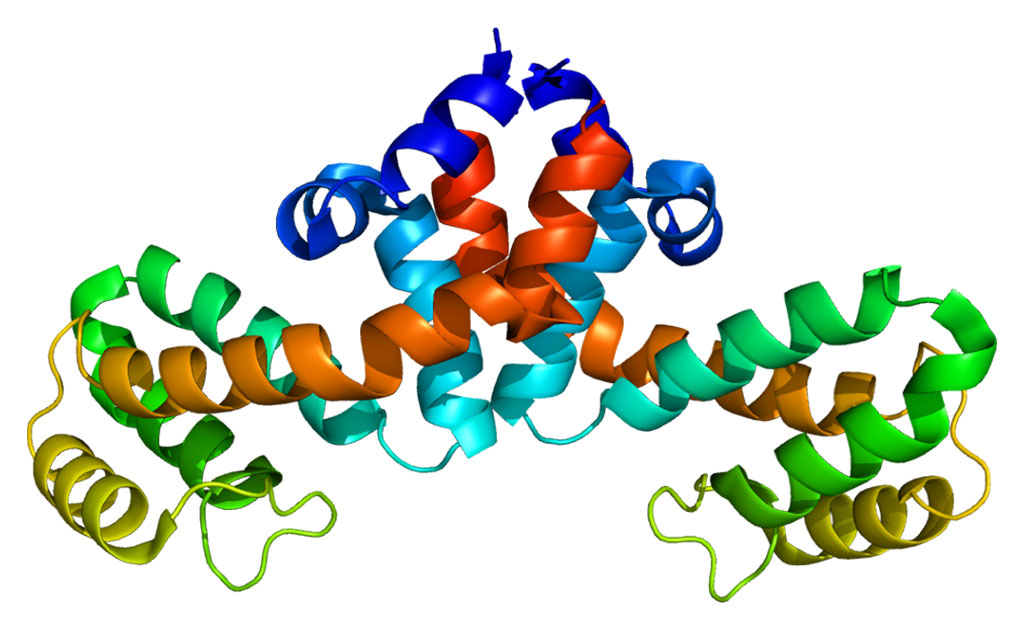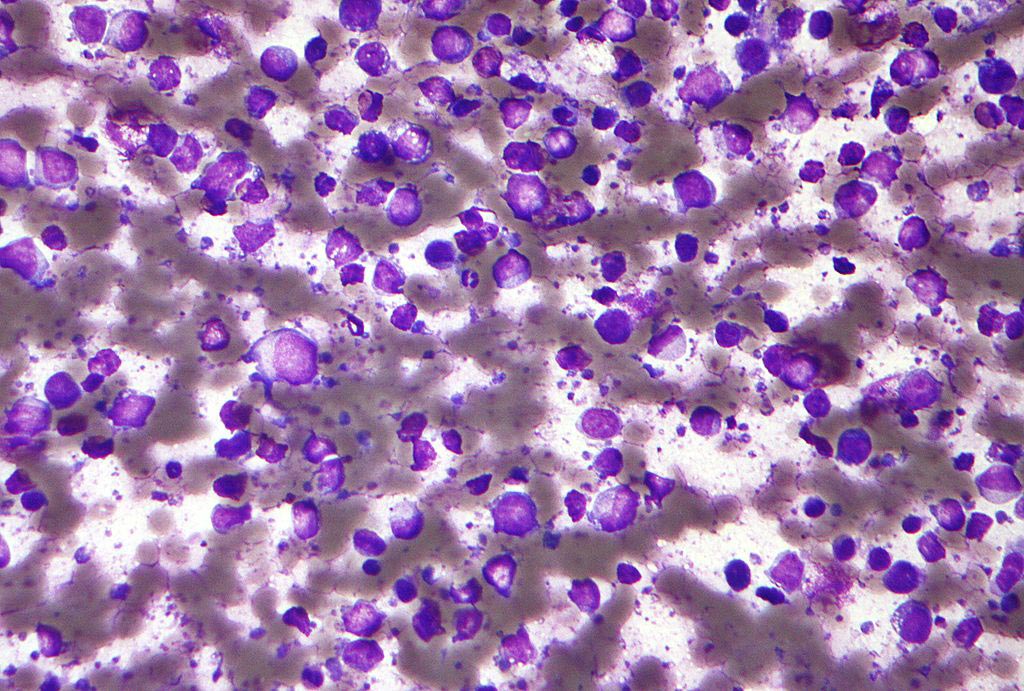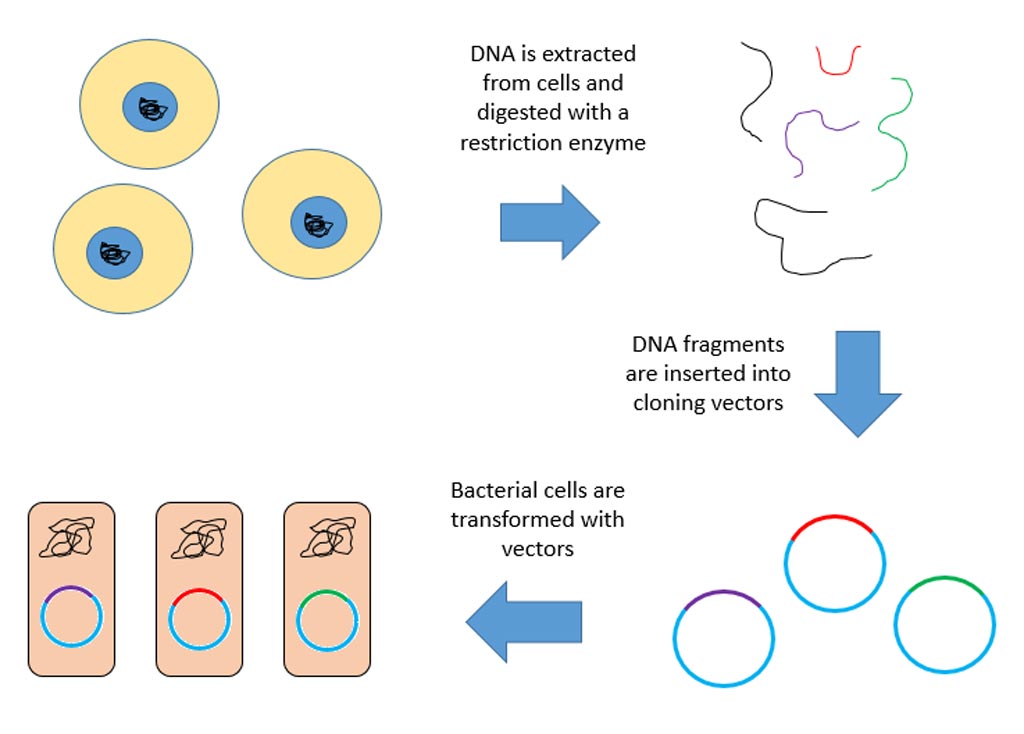Imaging Techniques Yield Data on How HIV Infects Cells and Offer Insights into Vaccine Design
By LabMedica International staff writers
Posted on 12 Sep 2008
The use of sophisticated imaging techniques has allowed researchers to visualize how a key part of the human immunodeficiency virus (HIV) changes shape after binding to immune system cells or to infection-fighting antibodies. Although scientists had been able to visualize individual components of this part of the virus, called the HIV spike, the new study characterizes, for the first time, the structure of the intact spike on virus particles, which is a critical piece of information that may help in the design of new vaccines or drugs to combat HIV infection. Posted on 12 Sep 2008
The research was conducted by scientists at the U.S. National Cancer Institute (NCI; Bethesda, MD, USA), part of the National Institutes of Health. The results were published online July 30, 2008, in the journal Nature. "Understanding the structure and design of the HIV spike has been the subject of intensive effort for over a decade because of its potential importance in understanding mechanisms of viral entry into immune system cells and designing treatment and prevention approaches,” said NCI director John E. Niederhuber, M.D. "The sophisticated imaging techniques used in this HIV/AIDS study have the potential to advance our understanding of not only HIV, but many other diseases, including cancer.”
"Previous research showing how HIV interacts with immune system cells and antibodies has been important in vaccine design,” said Sriram Subramaniam, Ph.D., from NCI's Center for Cancer Research, and head of the research team that performed the study. "However, understanding the complete structure of the viral spike may reveal other vulnerable targets. This knowledge will be crucial to solving the puzzles associated with strategies at the heart of virus invasion.”
The HIV virus binds to and infects target cells through the interaction of viral spikes and receptors on the surface of the cells. The spike is comprised of two types of proteins, called gp120 and gp41, which interact with one another to form a protein pair. The final structure of the spike is achieved by the interaction of three of these protein pairs on the surface of the virus, forming a structure called a trimer. The head of the spike consists of gp120, and it is responsible for binding to the receptor on the target cell, which is a protein called CD4; gp41 covers the virus' outer membrane, forming the stalk of the spike. gp41 is responsible for events in which HIV injects its genetic material into the host cells. The trimeric spike is held together by strong contacts among the gp41 proteins at the bottom but by only a few contacts among the gp120 proteins at the top.
The researchers utilized imaging techniques, including cryo-electron tomography, to produce three-dimensional renderings (3D) of the spike. Essentially, the researchers froze the virus and took images of it from different angles. Then, they used advanced computer image-processing methods to average thousands of high-resolution images of individual spikes, which enabled them to interpret the 3D images in terms of atomic structures. The researchers discovered that upon interaction with CD4 receptors, the gp120 proteins rearrange, causing the spike to spring open, exposing the gp41 stalk and other structures that are required for the virus to infect target cells. This rearrangement also pushes the virus and the target cell closer together, which may help gp41 penetrate the target cell, allowing the virus' genetic material to be injected.
Although most of the antibodies that the body produces to fight HIV are ineffective, some antibodies are produced that can neutralize HIV. To gain a better determine of how these antibodies work, the researchers visualized the HIV spike bound to an antibody called b12 that can neutralize a broad range of HIV particles. The researchers demonstrated that, in response to b12, the gp120 proteins rearrange in a similar way as with CD4, but b12 prevents the spike from opening completely. The antibody locks the spike in a semi-open position, preventing the series of actions that enable HIV to infect the target cell.
"The insights gained by understanding the binding of one of the most effective broadly neutralizing antibodies lays the foundation for designing more effective strategies for blocking HIV infection,” said Dr. Subramaniam. "We are working actively to increase the resolution of our structural analyses, and to understand the differences in binding between antibodies that neutralize, which are very rare in HIV-infected individuals, and non-neutralizing antibodies that are found in almost all AIDS patients. Knowing what these differences are will be critical to designing better strategies to neutralize HIV and to providing a new addition to the arsenal of strategies to combat HIV/AIDS.”
The Subramaniam lab has been pioneering developments in electron tomography and related methods for 3D electron microscopy, and is applying these emerging technologies to understanding not only virus-host interactions but also structures inside the cell that differentiate cancer cells from healthy cells.
Related Links:
National Cancer Institute










 (3) (1).png)



